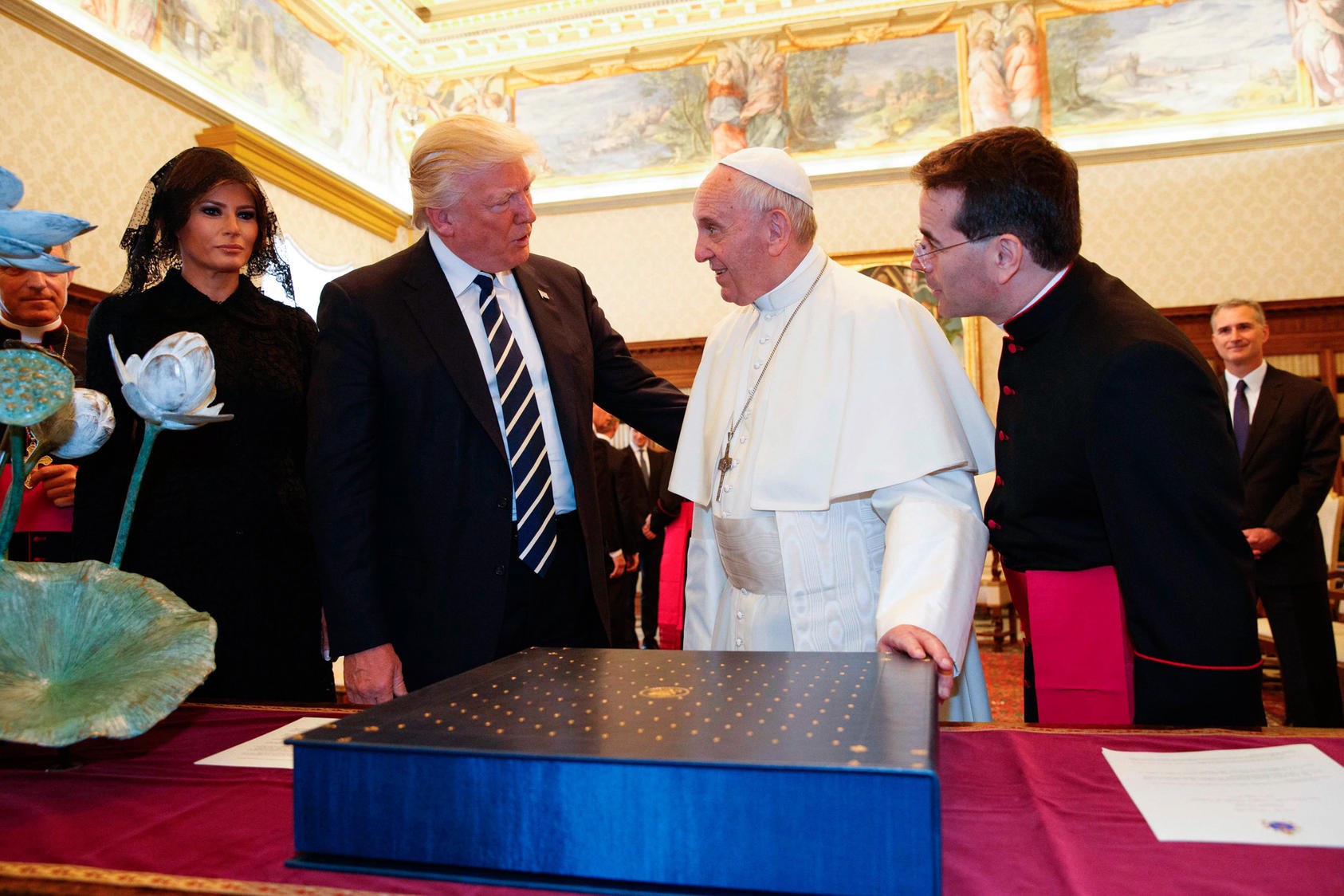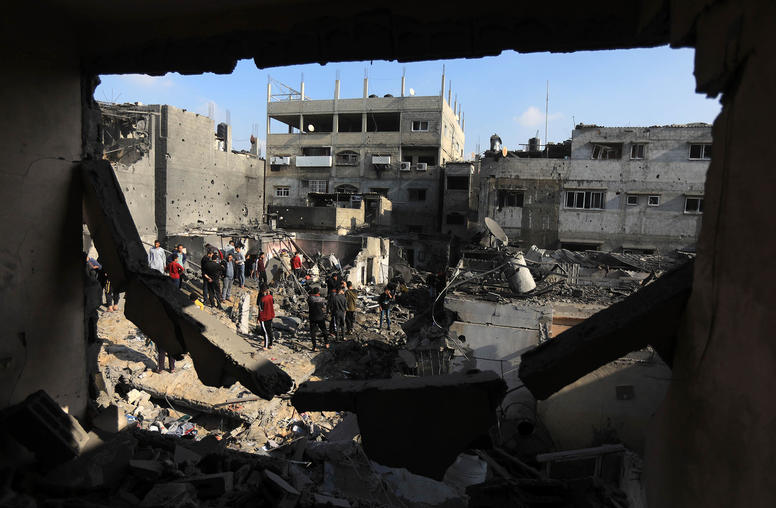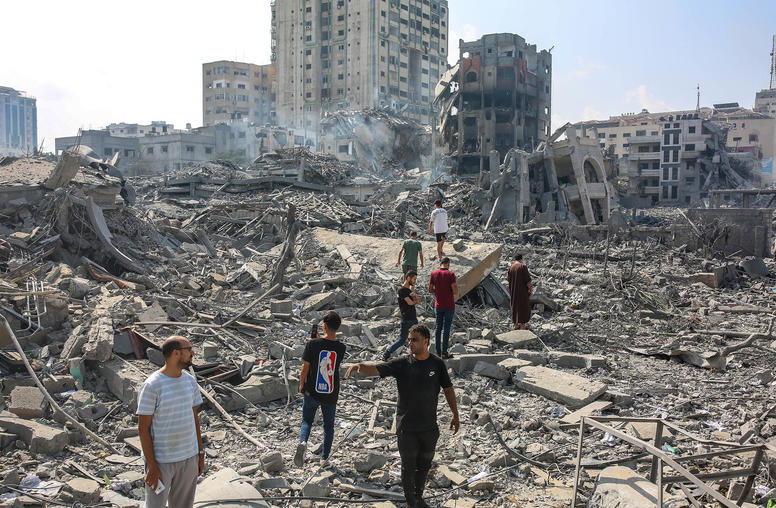At each stop on President Trump’s recent visit to the Middle East—Riyadh, Jerusalem and Bethlehem—he reiterated his seriousness about moving forward on Middle East peace. The theme continued in his visit to the Vatican, where the Pope gave the President a small sculpted olive tree and told his guest: “It is my desire that you become an olive tree to construct peace."

The success of the trip and the stated willingness by all parties to show good will on behalf of peace opens a window of opportunity, but likely only one. It is difficult to imagine a better alignment of leadership and will—and, frankly, a fear of disappointing him. If Trump does not keep up the momentum, he will not be able to simply return to it a year or two later.
The Administration has offered little detail on what the next steps might be. One of the things that has doomed past efforts is moving into talks before forcing the parties to prepare the ground politically with their constituents. Israelis, Palestinians and key Arab leaders have political demons that they have allowed to grow and, in some cases, actively nourished. If they are not able or willing to contain these demons, any negotiation becomes an exercise in futility -- waiting for the process to end and returning to an ever-deteriorating status quo.
Before embarking on closed bilateral talks, an international conference or even terms of reference, it would be useful—and reasonable—to make a politically difficult “ask” of each of the parties. But it would require them to take risks, possibly including political realignments that would be more conducive to peace.
For Israel, it could be a fresh, publicly articulated commitment to a Palestinian state as an end goal, with tangible action to curb settlements. Palestinians could affirm their commitment to a two-state goal, clarifying the 1988 formulation of Israel and Palestine living side by side in peace and security, while denouncing violence and taking concrete steps to end incitement against Israel.
The Arab Quartet could reaffirm its commitment to two states and normalized relations with Israel, as laid out in the Arab Peace Initiative. Further, it could make meaningful gestures in advance of a final agreement, as part of an agreed process of coordinated confidence building.
Trump has appeared reluctant to use the term two-state solution, deferring to a formula of “what both parties like.” If the Israelis and Palestinians do both commit to this goal, that would be a good time for the U.S. to reassert its own pledge.
These pledges would advance the cause of peace, even if this were as far as it went in the near term, by not foreclosing options and preparing their populace for an eventual deal.
The road to peace will be paved with political shifts, compromise and, more than anything else, leadership. The sooner that leadership materializes, the more likely there will be a real societal shift of the kind that will make peace possible.



